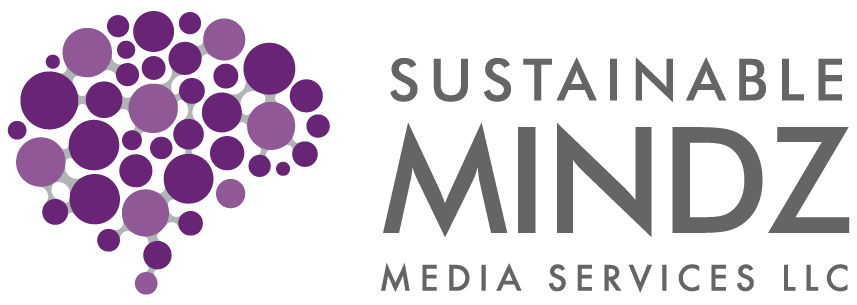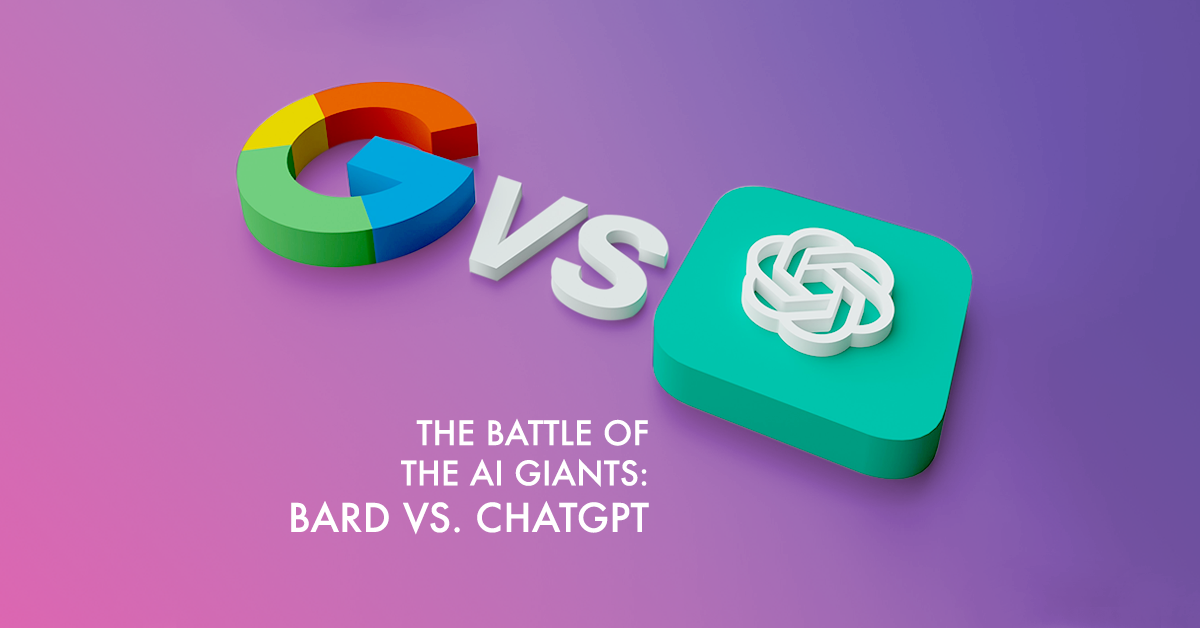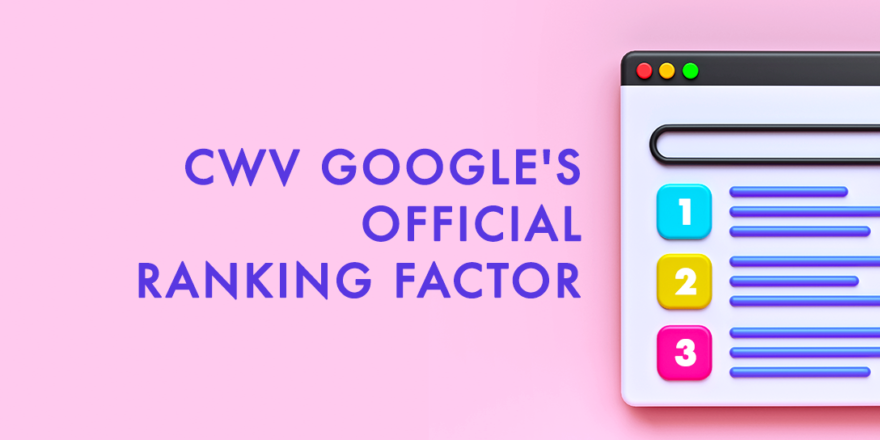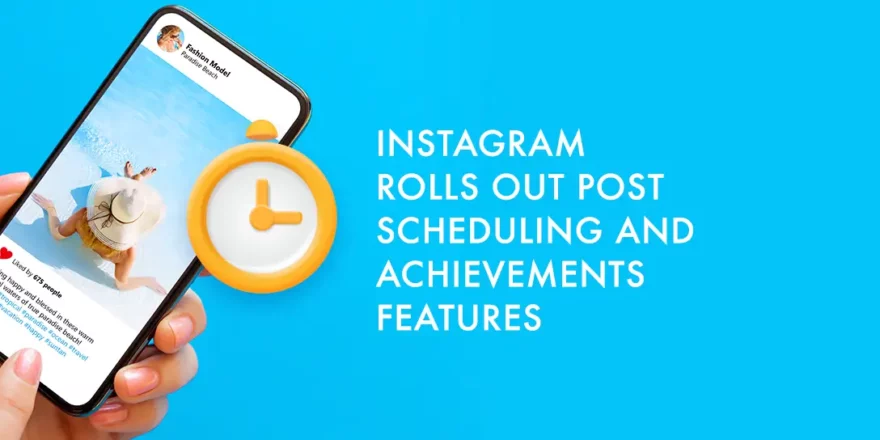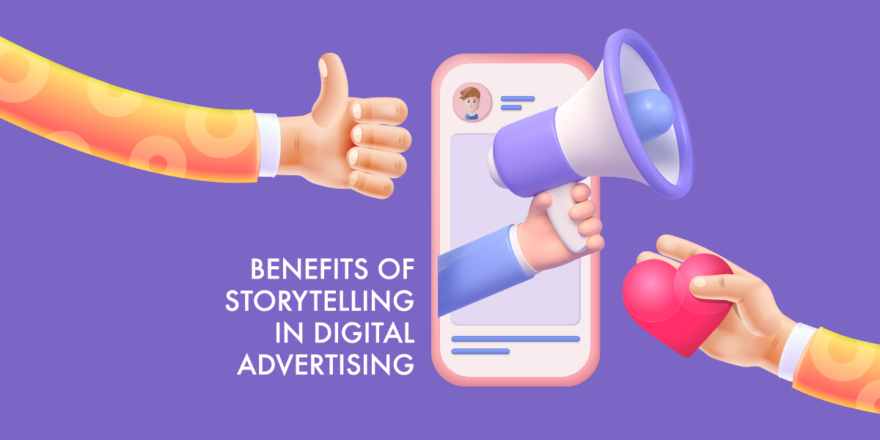And the winner is!
There’s been an uptick in the AI battle between Google, Microsoft, and OpenAI—with significant differences between them, no doubt, primarily revolving around remembering previous conversations and knowledge base restrictions. Google recently opened up BARD, the newest rival to ChatGPT, to the public.
Highlights about BARD:
BARD strives to reduce potential biases and false information while fostering productivity, innovation, and curiosity.
It is accessible in the UK and the US alone and has ambitions to extend across different nations and languages.
According to Google, BARD was an AI experiment designed to spur innovation, boost output, and promote inquiry amongst its users. This means the tool can be used to receive advice, information, and clarification or can be an inspiration for tasks such as planning blog content. With BARD, Google aims to preserve its leadership in the search engine industry while simultaneously strengthening its position in the AI chatbot area. The company has also developed a separate website for BARD in an effort to distinguish the chatbot, which is incidentally programmed to respond in a manner resembling that of a human being.
BARD uses Google’s LaMDA or Language Model for Dialogue Applications, a massive learning model that the company promises to update from time to time. Users will get improved responses as more and more people use LLMs. However, BARD is intended to be used in conjunction with Google search and allows users to examine sources from other websites or review their responses. The chatbot works with a single question box without being integrated into the search engine. This way, Google strategically preserves the profitability of its search business while also adopting newer AI technologies.
Concerns of unpredictability
Here’s a surprising fact. In the month of February this year, Google’s BARD, during a promotional video, incorrectly answered a question costing the company Alphabet around $100 million.
Google is being cautious about BARD’s rollout, especially in light of the non-reliability of chatbot tech. It is also aware that LLMs may occasionally produce biased, inaccurate, and misleading information. That is why the company allows you to pick from some drafts of BARD’s response, alleviating these issues. Nevertheless, you can continue engaging with the chatbot, asking follow-up questions, or requesting alternative responses.
Differences
While both OpenAI and Google agree that their chatbots aren’t flawless, here are some marked differences between the two:
One of the most noticeable aspects is that ChatGPT can construct code and debug. BARD is still learning, and the feature isn’t available yet.
Another difference – ChatGPT remembers conversations while BARD retention abilities are still under check.
BARD uses LaMDA to draw responses and will always have the latest. Besides, it is integrated into Google’s search engine and can even provide direct links to web pages upon request. ChatGPT, conversely, is constrained and derives information based on the Generative Pre-training Transformer or GPT4, which comes with a cutoff date of September 2021.
Finally, ChatGPT speaks several languages, while BARD knows only English.
Conclusion
Google has been developing BARD since 2015 but has yet to release it to a broader audience like OpenAI due to concerns about misinformation. It also works on safety and quality principles, and the company’s internal teams are racing to get approval for a range of new AI products. .
